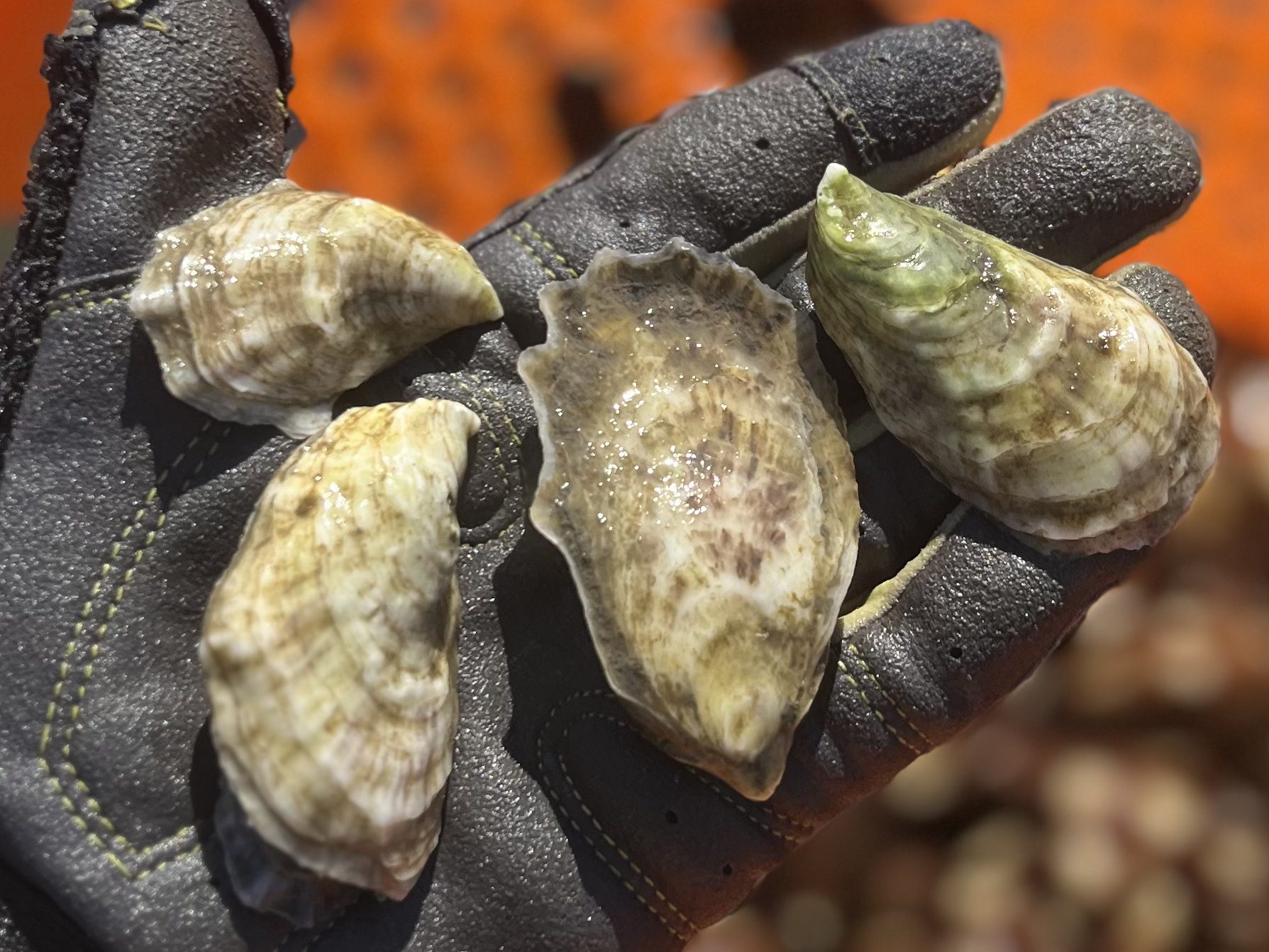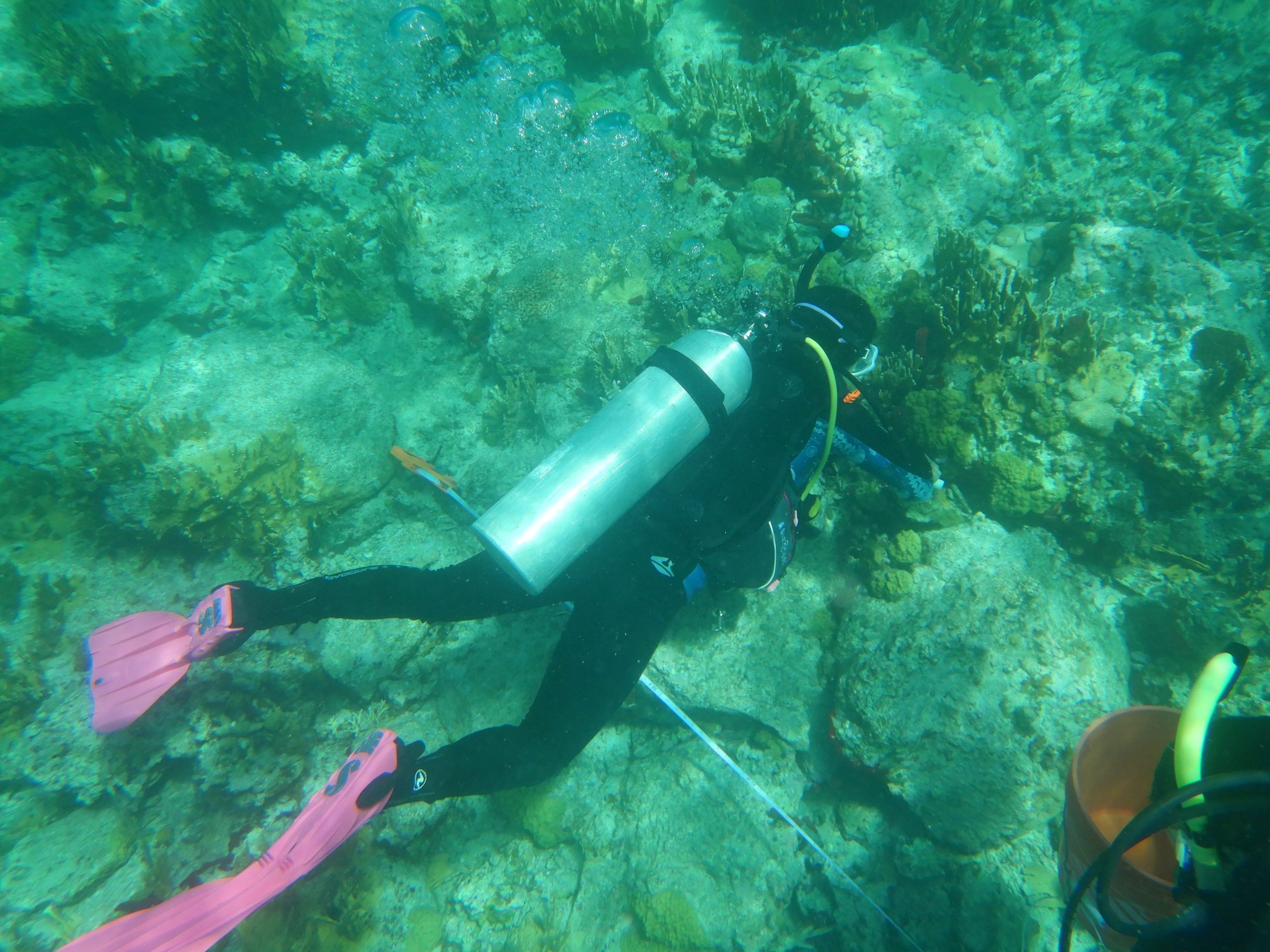Eco-evolutionary responses of marine invertebrates in changing environments
To effectively guide conservation and management, it is important that we can accurately predict the effects of climate change in marine ecosystems. We study how different marine invertebrates respond to environmental change on a molecular and physiological level. This is accomplished in a laboratory setting by simulating current and future seawater conditions, or in the field by monitoring organisms across habitats that exhibit spatial and temporal variability. Associated research projects focus on early development, adults, or a combination of both, and may examine plasticity within and across multiple generations (i.e., investigating intragenerational and transgenerational plasticity). We are currently studying these responses using the sea urchin, Lytechinus variegatus.

Promoting climate resilience
We are interested in testing tools and methods (e.g., selective breeding, conditioning of reproductive adults and/or early developmental stages, modified aquaculture techniques) that can be used to promote increased resilience to climate change stress in marine organisms. Current work in this area focuses on oyster reef restoration and farming in North Carolina, where oysters hold tremendous economic and ecological value. This work may expand across different life stages, generations, and populations to explore how me may mitigate losses and ideally, improve restoration and aquaculture outcomes.

Climate Change Impacts on Farmed and Wild Oysters
This project, funded through Duke Bass Connections, provides undergraduate and graduate students with training and research experiences in climate change biology, molecular ecology, biogeochemistry, data science, and environmental management. We are monitoring and assessing environmental conditions concurrently with oyster performance at Duke University’s oyster farm (Duke Aquafarm) and several other oyster farms along the NC coast. You can find more information about this project here.

Guiding restoration of coral reef ecosystems
Many marine organisms contribute to the health and resilience of coral reef ecosystems. For example, the sea urchin Diadema antillarum, helps control macroalgae overgrowth in Caribbean coral reefs. We are working with collaborators in the Environmental Epigenetics Lab (Florida International University) and Sociedad Ambiente Marino to understand which environmental parameter(s) drive Diadema population success across reefs for the purpose of guiding restoration efforts in Puerto Rico. We are monitoring water quality, urchin demography, urchin physiology, and urchin genetic/epigenetic patterns. We are also studying the effects of an extensive mortality event that severely impacted Diadema populations in 2022.


